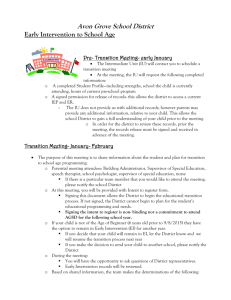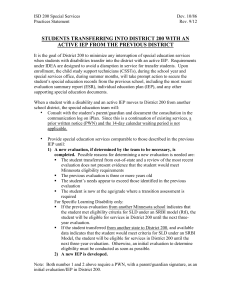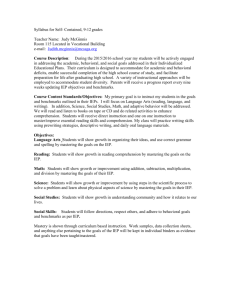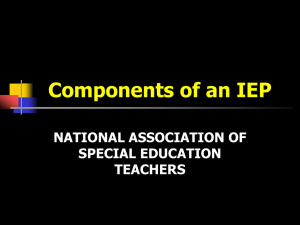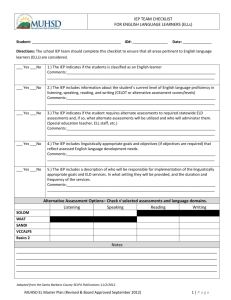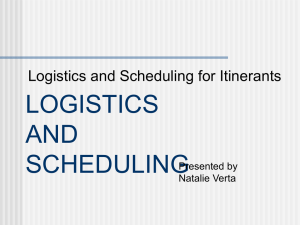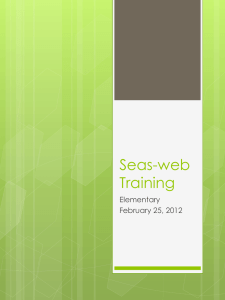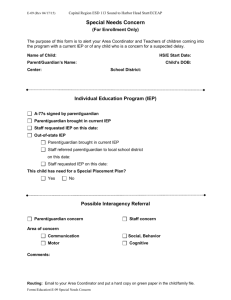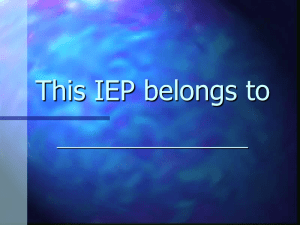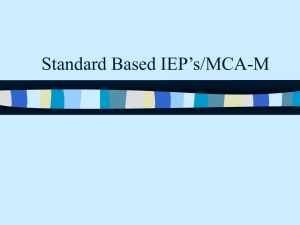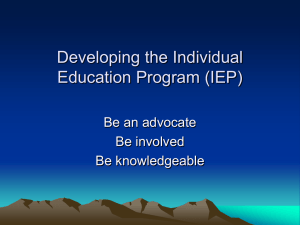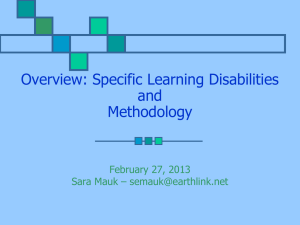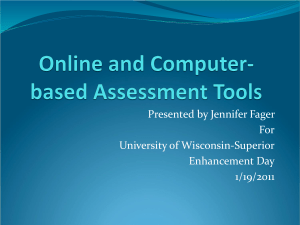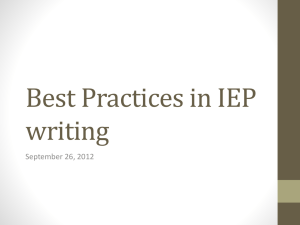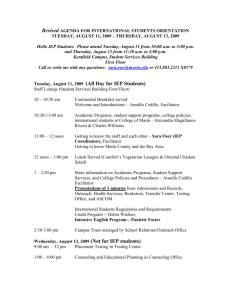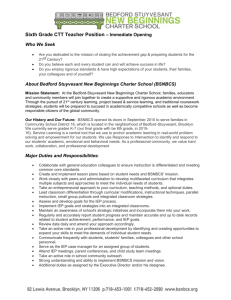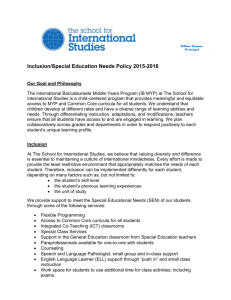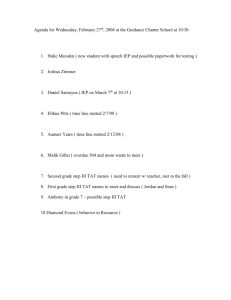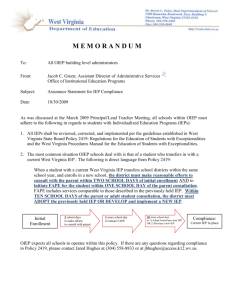Special Education - School Administrators of Iowa
advertisement
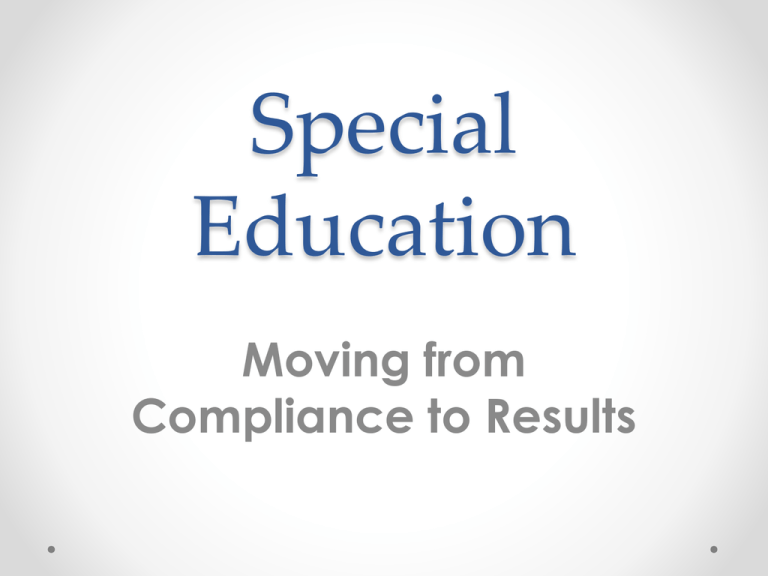
Special Education Moving from Compliance to Results Turn to a Partner • What are the first words you think of when you hear the words “special education”? • What is the purpose of special education? Special Education: It’s All About Results • Rapaciouslearning.org • Video Discussion Guide • In groups of 3 to 4 answer first three questions on the discussion guide At Your School… • Why do you evaluate students for special education? • What does specially designed instruction look like? • What happens in an IEP meeting? • Is co-teaching effective? • Do special education students have access to all instructional services provided to regular education students o Title 1, At-risk, RTI/MTSS Five Things You Can Do Tomorrow • Include special education teachers in the same PD the core content area teachers are receiving • Make sure students are grouped for instruction when pulled out for specially designed instruction • Do not blindly follow rules you are told that deny access to special education students. Do your own research, don’t take one person’s answer, push back, find someone you trust to consult. • Change the conversation in IEP meetings you attend. Ask questions about progress in, and access to, content area instruction. Use the CC rubrics from AEA 267. • Evaluate instruction in special education classrooms by doing more walk-throughs and provide support when the instruction is not intensive and effective. Poor instruction must not be tolerated. Results • Use core curriculum assessments to guide instructional decision making o Example: School that moves students out of core class because they are failing even though they are showing more evidence of learning in the core class with an F than in the special education class with an A. o Example: School that automatically removes Title 1 when student is entitled rather than adding special education to the Title 1 services. Stop Doing This • Automatically placing students in special education for a class period. • Blindly adding 1:1 paras and never getting rid of them • Co-teaching without collaboration time • One size fits all special education classes • Removing special education teachers from the PD regular education teachers receive • Providing services based on Levels of students Stop Doing This Continued • IEP meetings that are focused on grades, attendance, and discipline • IEP goals and progress monitoring that have no connection to core curriculum • Supporting practices that diminish results because “they” said I had to do it this way Do More of This • Walk throughs of special education instruction to ensure that it is rigorous and effective. • Use assessments that align to core curriculum to guide instruction • Provide collaboration time between general education and special education teachers. • Involve special education teachers in core curriculum PD. • Use core curriculum rubrics at IEP meetings • Provide the most qualified teacher for instruction Next Steps • Show the video to your staff and have them answer the discussion questions in small groups • “What Every Administrator Needs to Know about Special Education” Class • OSEP is moving to results driven accountability o http://www2.ed.gov/about/offices/list/osers/osep/rd a/index.html • The Iowa Department of Education is collaborating with AEAs and LEAs to create rubrics around special designed instruction o Diagnose, design, delivery, and engagement o Will pilot rubrics in the next year with select districts Last Thoughts for Leaders • Say “yes” more than you say “no” • Accept people pushing back o If everyone is happy, you’re not pushing enough • Embrace your failures o If you haven’t failed in the last year, you are not doing enough

